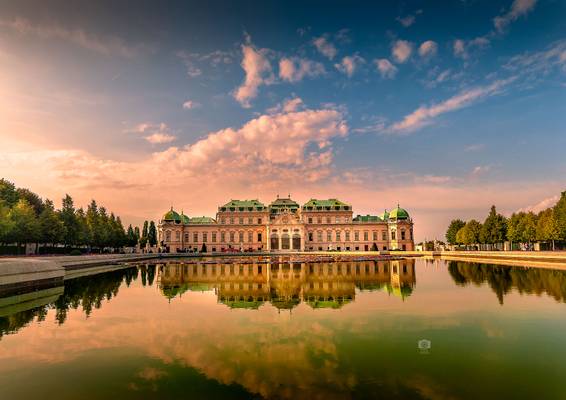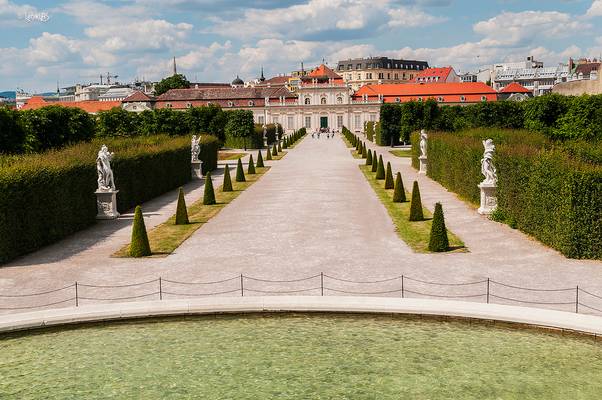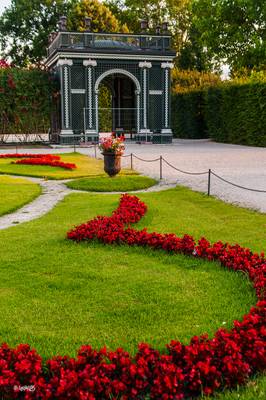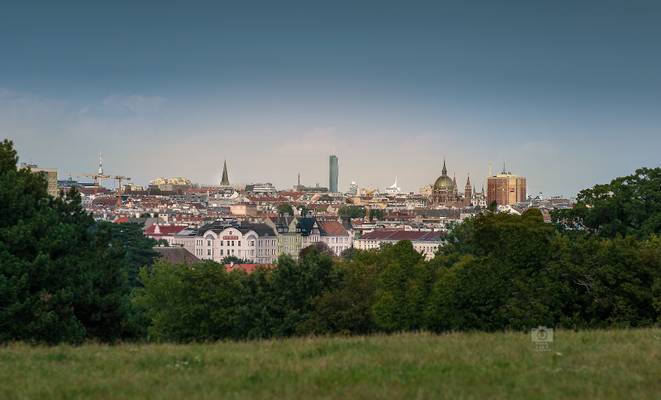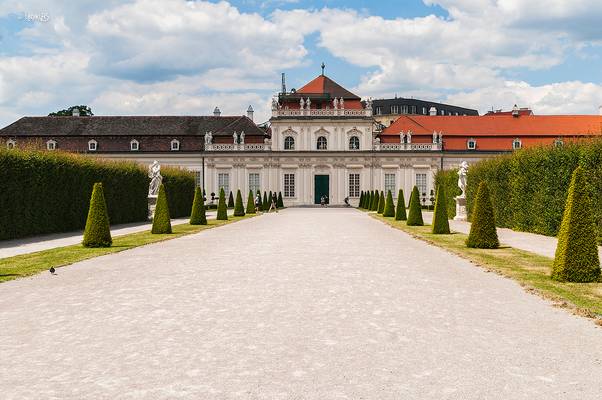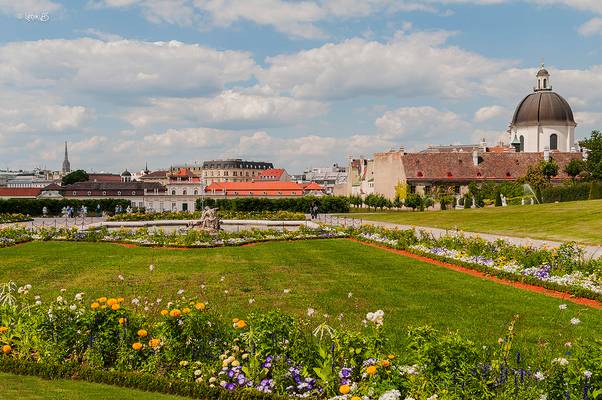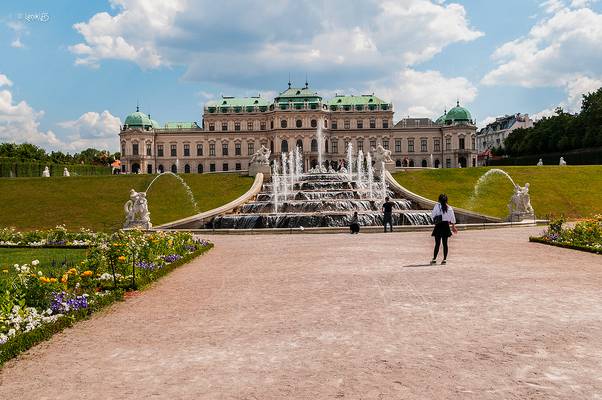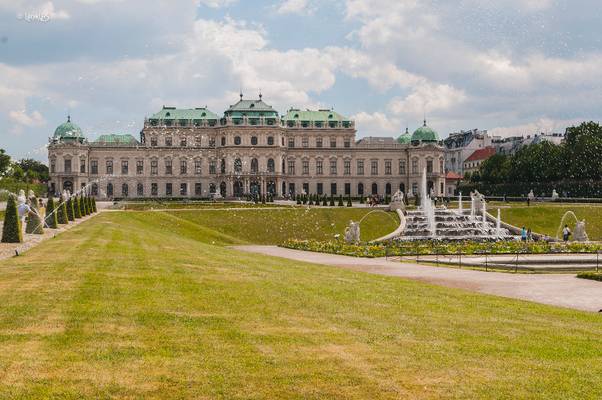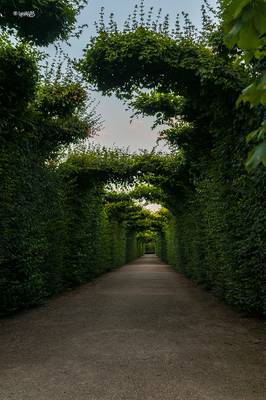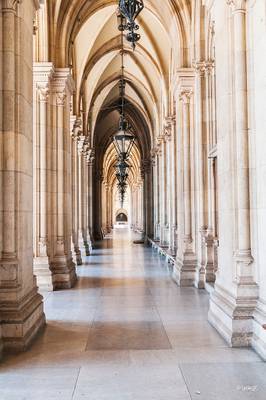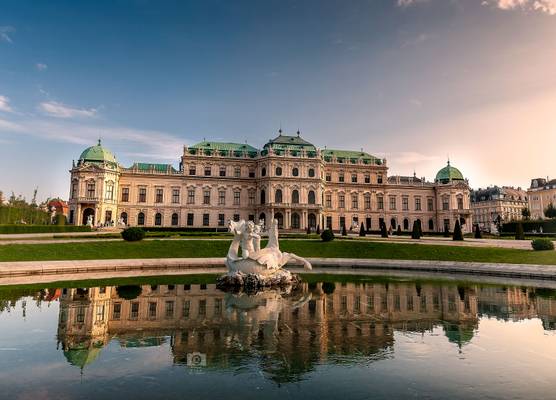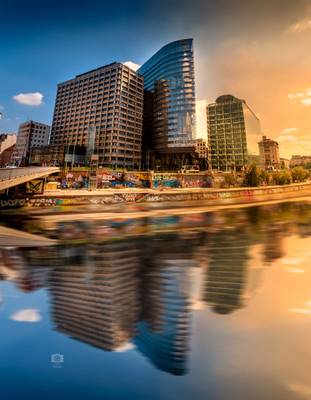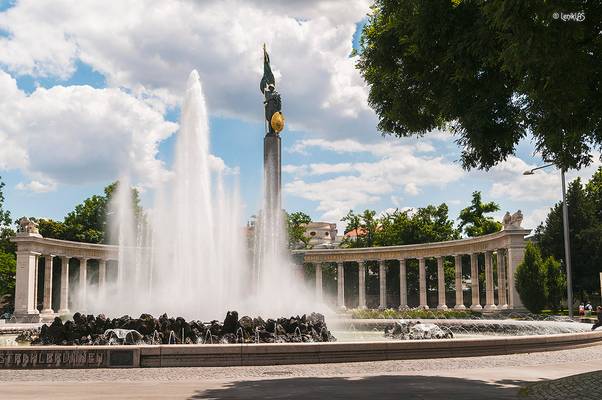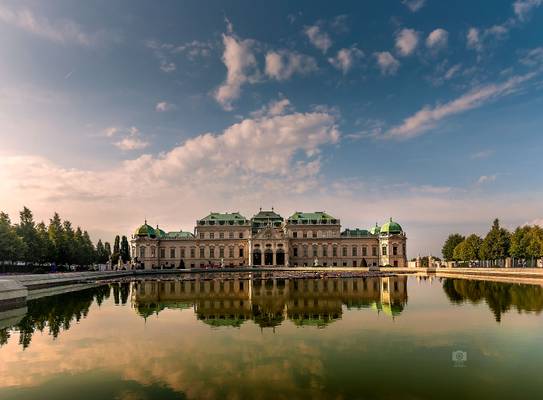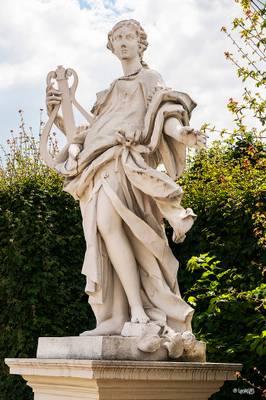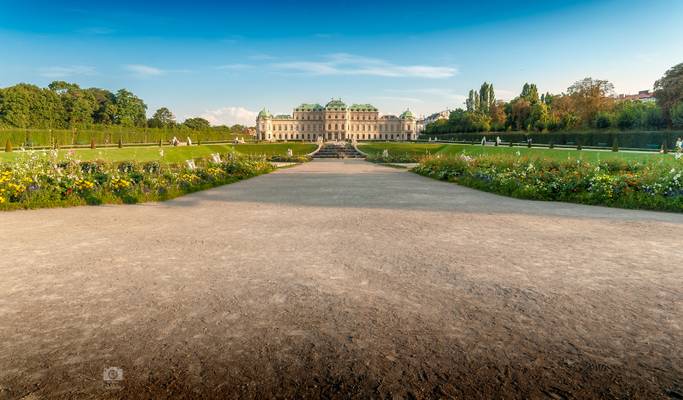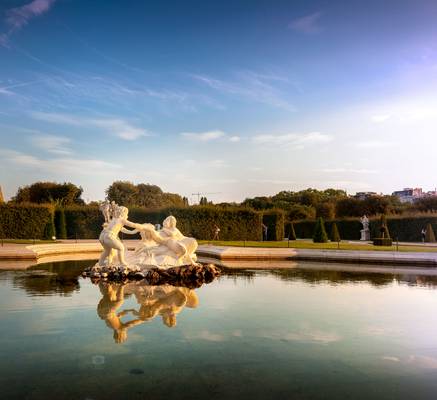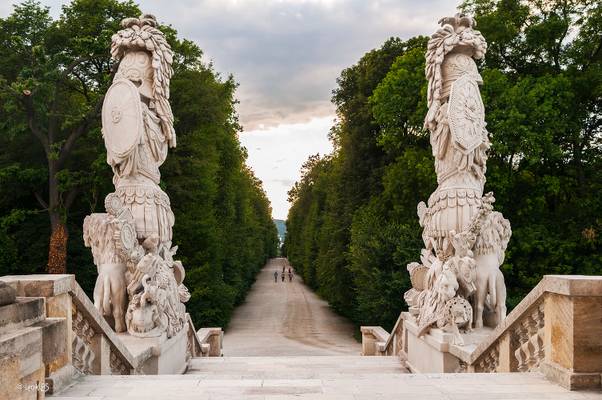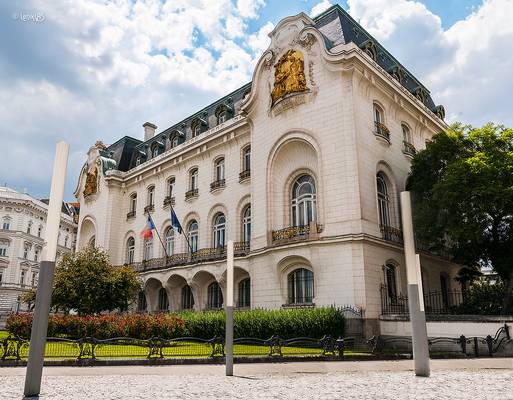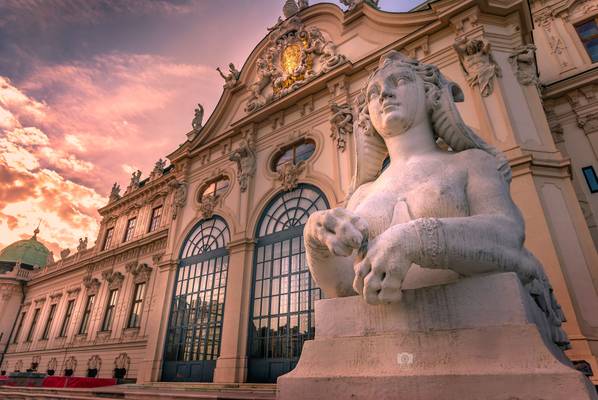
Austria »
Vienna
Vienna, the capital city of Austria, is a stunning destination that boasts a rich history, vibrant culture, and breathtaking architecture. The city is a photographer's paradise, with numerous locations that offer stunning backdrops for capturing beautiful images. From the grandeur of the Schönbrunn Palace to the intricate details of St. Stephen's Cathedral, Vienna is a city that offers endless opportunities for photography enthusiasts. Other popular photography locations in Vienna include the Belvedere Palace, the Hofburg Palace, and the Danube River.

by Yi Jiang
St. Charles's Church (German: Karlskirche) is a baroque church located on the south side of Karlsplatz in Vienna, Austria. Widely considered the most outstanding baroque church in Vienna, as well as one of the city's greatest buildings, St. Charles's Church is dedicated to Saint Charles Borromeo, one of the great reformers of the sixteenth century.
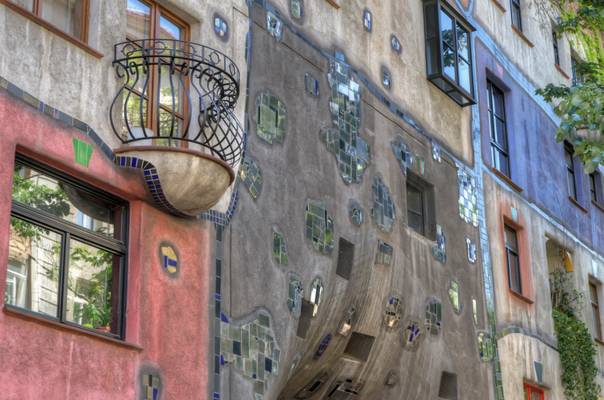
by jim stephenw
The Hundertwasserhaus is an apartment house in Vienna, Austria, built after the idea and concept of Austrian artist Friedensreich Hundertwasser with architect Joseph Krawina as a co-creator. This expressionist landmark of Vienna is located in the Landstraße district on the corner of Kegelgasse and Löwengasse. The Hundertwasser House is one of Vienna's most visited buildings and has become part of Austria's cultural heritage. Within the house there are 53 apartments, four offices, 16 private terraces and three communal terraces, and a total of 250 trees and bushes.
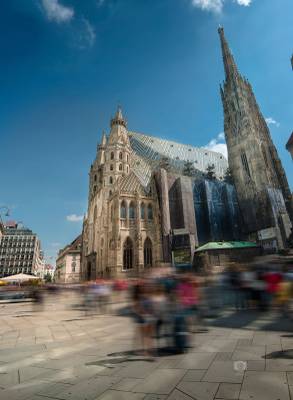
by Michele Naro
Explore Jul 13, 2017 #437
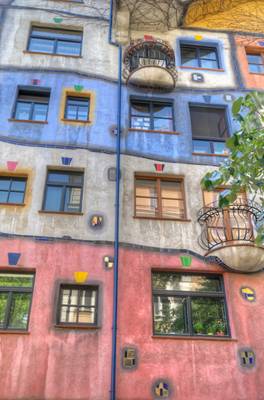
by jim stephenw
The Hundertwasserhaus is an apartment house in Vienna, Austria, built after the idea and concept of Austrian artist Friedensreich Hundertwasser with architect Joseph Krawina as a co-creator. This expressionist landmark of Vienna is located in the Landstraße district on the corner of Kegelgasse and Löwengasse. The Hundertwasser House is one of Vienna's most visited buildings and has become part of Austria's cultural heritage. Within the house there are 53 apartments, four offices, 16 private terraces and three communal terraces, and a total of 250 trees and bushes.
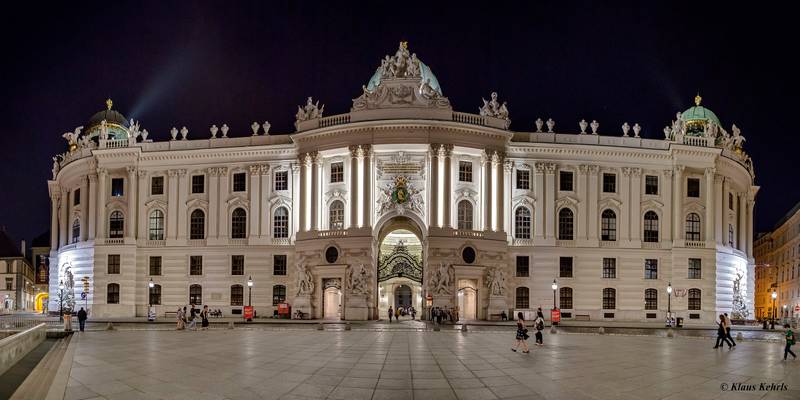
by Klaus Kehrls
Hofburg Wien
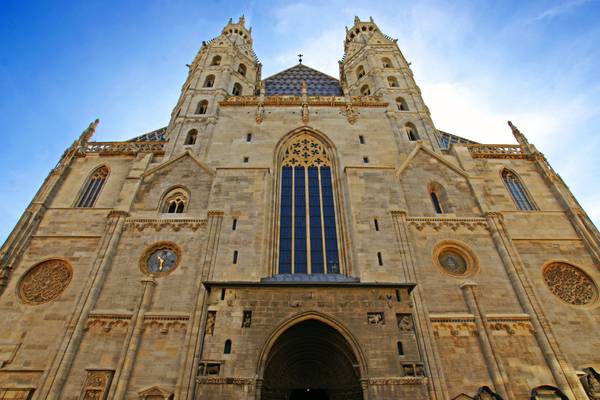
by Andrey Sulitskiy
SONY DSC
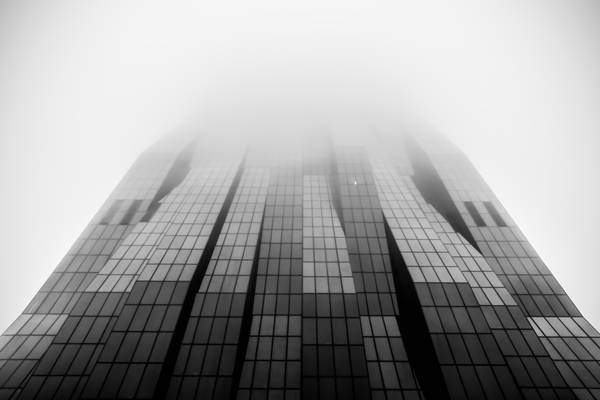
by Salvatore Petrantoni
Tech Gate Vienna is a science and technology park in the City of Vienna, Austria, situated in the 22nd district Donaustadt. It was built between 1999 and 2005 following the plans from architects Wilhelm Holzbauer and Sepp Frank in an area called Donau City.
Tech Gate Vienna consists of two buildings. The first, 26 meter high building was completed in 2001 and has 7 floors, with a total of 36,000 square meters of room. The second building was built from 2004 to 2005 and is 75 meters high with 18,000 square meters of room on 19 floors.
Aside many companies and start-ups, several technology labs are situated in Tech Gate Vienna buildings, such as the Austrian Institute of Technology, the Telecommunications Research Center Vienna (FTW), and the VRVis Research Center. Four attractive stages are utilized for a variety of technology affine events.
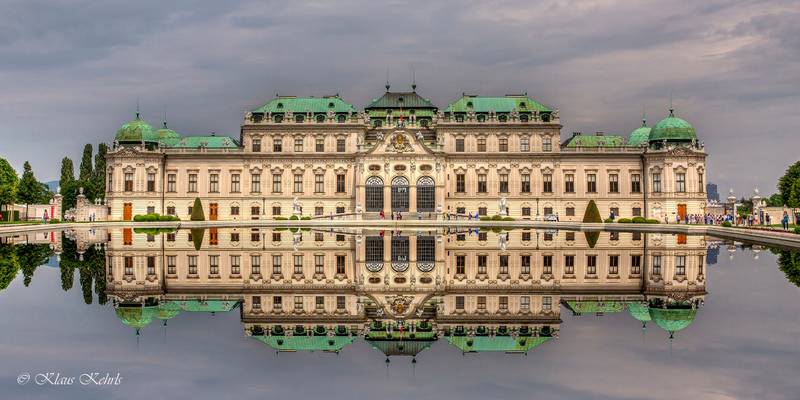
by Klaus Kehrls
Thanks for over 6 million visits
Please don't use this image on websites, blogs or other media without my explicit permission. © All rights
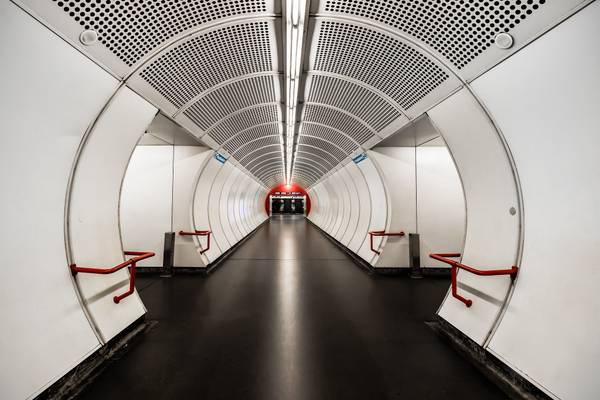
by Salvatore Petrantoni
La Metropolitana di Vienna(in tedesco U-Bahn Wien), oltre all'S-Bahn, il tram, gli autobus e la ferrovia locale Wien-Baden, fa parte della rete di trasporto pubblico della capitale federale austriaca. Nel 2015 trasportò circa 440 milioni di passeggeri, ovvero 1,2 milioni al giorno. Dopo varie corse prova effettuate con utenti a bordo nel 1976, la metropolitana di Vienna venne ufficialmente inaugurata nel 1978. La rete, composta da 5 linee, include parte del vecchio tracciato della Stadtbahn. La metropolitana è gestita dalla Wiener Linien, che fa parte della Wiener Stadtwerke ed è di proprietà della città di Vienna.
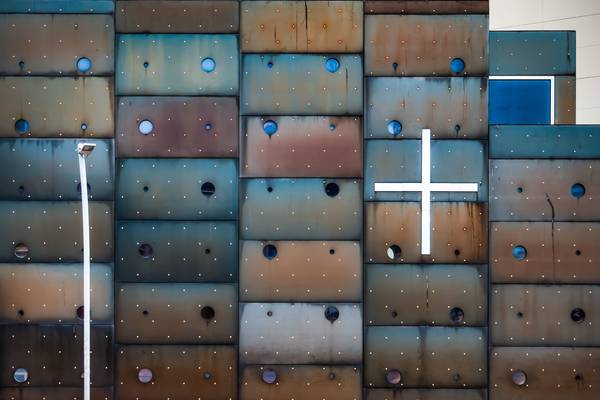
by Salvatore Petrantoni
La chiesa della città di Donau, conosciuta in modo più formale dalla sua dedizione come Christus, Hoffnung der Welt è una chiesa parrocchiale cattolica romana nel 22 ° distretto di Vienna. La chiesa si trova vicino al Centro Internazionale di Vienna. Il suo architetto è Heinz Tesar.

by Salvatore Petrantoni
A little nest sorrounded by high tower.

by Andrey Sulitskiy
SONY DSC
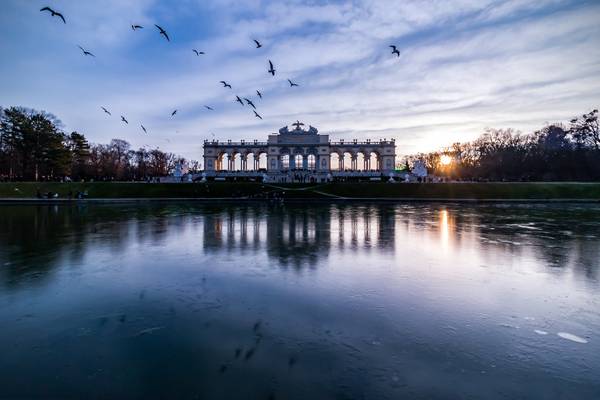
by Salvatore Petrantoni
Il palazzo di Schönbrunn e il suo parco sono elementi inscindibili l'uno dall'altro. Il parco, ampio e variegato, si presenta in stile barocco alla francese e venne progettato da Jean-Nicolas Jadot e Adrian von Steckhoven sotto la direzione dell'imperatrice Maria Teresa. Un primo progetto del parco venne stilato da Fischer von Erlach, ma questo decadde entro breve in quanto il progetto non si accomodava alla grande area da riempire e alle molteplici possibilità artistiche che si presentavano.
Il progetto venne attuato dal 1695 su progetto di Jean-Nicolas Jadot (già allievo di Le Notre, giardiniere del Re di Francia a Versailles), e venne costruito in anticipo sulla struttura stessa del palazzo per dar tempo alle piante di crescere e il cantiere fu in attività sino al 1699. Tale progetto comprendeva probabilmente due soli parterre laterali al grande viale che ancora oggi attraversa il parco.
Con Maria Teresa, i cambiamenti al palazzo si riflessero anche sul giardino e già dal 1750, i due parterre laterali vennero allargati sino alle dimensioni attuali. La trasformazione del progetto venne anche fortemente voluta dall'imperatore Francesco Stefano il quale, tra il 1752 e il 1753, vi fece erigere tra gli altri uno zoo, oltre a un prezioso giardino botanico. Egli si servì dell'olandese Adrian van Steckhoven e del suo assistente Richard van der Schot per la costruzione del nuovo giardino. Nel 1755 venne terminata la costruzione dell'Orangerie.
Come si è già accennato, fu poi Maria Teresa a commissionare la costruzione della Gloriette in fondo al giardino, sette anni dopo la morte del marito e nel medesimo tempo venne anche costruita la grande fontana di Nettuno che ancora oggi troneggia in fondo al viale centrale del grande parco.
All'epoca neoclassica, sempre nel XVIII secolo, risalgono invece la fontana dell'Obelisco (1777) e la rovina (1778) di chiaro gusto d'epoca.
Fu l'imperatore Giuseppe II a disporre l'accesso al pubblico ai giardini imperiali, con grande dispiacere dell'aristocrazia che si trovava a dover passeggiare nei giardini con la popolazione comune, anche se il palazzo divenne un importante luogo di aggregazione per la popolazione viennese.
Dalla fine della monarchia anche il palazzo è amministrato dalle dipendenze dello stato.
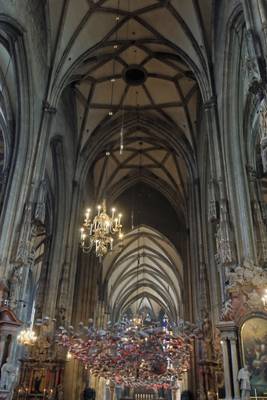
by jim stephenw
St. Stephen's Cathedral (more commonly known by its German title: Stephansdom) is the mother church of the Roman Catholic Archdiocese of Vienna and the seat of the Archbishop of Vienna, Christoph Cardinal Schönborn, OP. The current Romanesque and Gothic form of the cathedral, seen today in the Stephansplatz, was largely initiated by Duke Rudolf IV (1339–1365) and stands on the ruins of two earlier churches, the first a parish church consecrated in 1147. The most important religious building in Vienna, St. Stephen's Cathedral has borne witness to many important events in Habsburg and Austrian history and has, with its multi-coloured tile roof, become one of the city's most recognizable symbols.
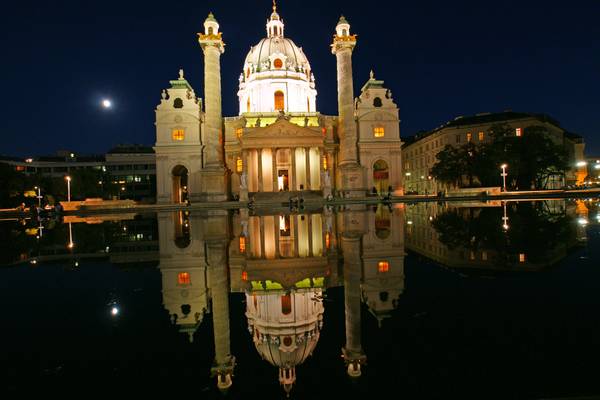
by Andrey Sulitskiy
SONY DSC
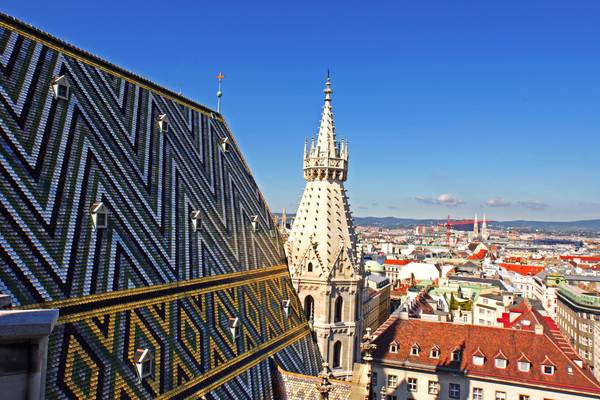
by Andrey Sulitskiy
SONY DSC
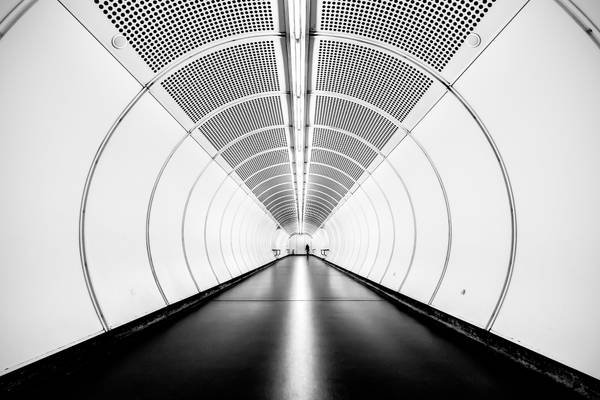
by Salvatore Petrantoni
La Metropolitana di Vienna(in tedesco U-Bahn Wien), oltre all'S-Bahn, il tram, gli autobus e la ferrovia locale Wien-Baden, fa parte della rete di trasporto pubblico della capitale federale austriaca. Nel 2015 trasportò circa 440 milioni di passeggeri, ovvero 1,2 milioni al giorno. Dopo varie corse prova effettuate con utenti a bordo nel 1976, la metropolitana di Vienna venne ufficialmente inaugurata nel 1978. La rete, composta da 5 linee, include parte del vecchio tracciato della Stadtbahn. La metropolitana è gestita dalla Wiener Linien, che fa parte della Wiener Stadtwerke ed è di proprietà della città di Vienna.
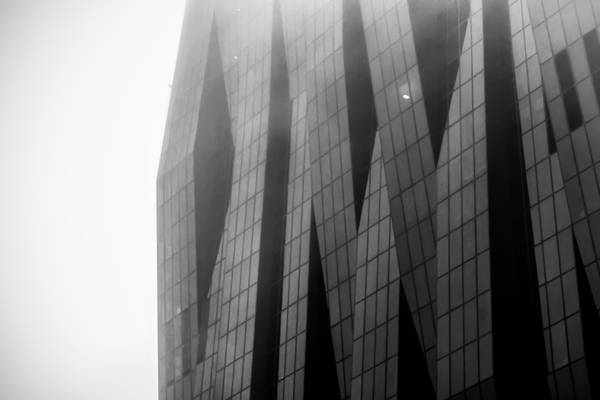
by Salvatore Petrantoni
Tech Gate Vienna is a science and technology park in the City of Vienna, Austria, situated in the 22nd district Donaustadt. It was built between 1999 and 2005 following the plans from architects Wilhelm Holzbauer and Sepp Frank in an area called Donau City.
Tech Gate Vienna consists of two buildings. The first, 26 meter high building was completed in 2001 and has 7 floors, with a total of 36,000 square meters of room. The second building was built from 2004 to 2005 and is 75 meters high with 18,000 square meters of room on 19 floors.
Aside many companies and start-ups, several technology labs are situated in Tech Gate Vienna buildings, such as the Austrian Institute of Technology, the Telecommunications Research Center Vienna (FTW), and the VRVis Research Center. Four attractive stages are utilized for a variety of technology affine events.

by Salvatore Petrantoni
Geometrie e luoghi di vita moderna.
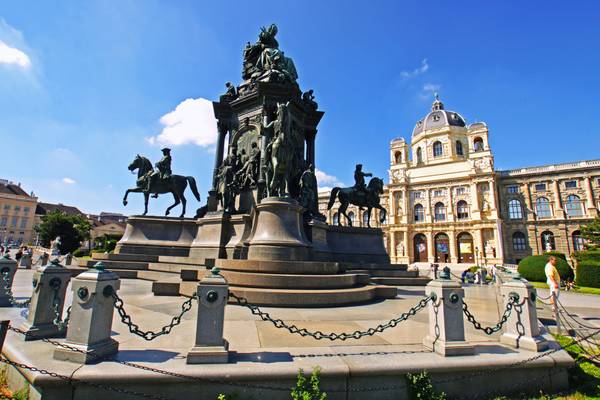
by Andrey Sulitskiy
SONY DSC

by jim stephenw
Schönbrunn Palace was the main summer residence of the Habsburg rulers, located in Hietzing, Vienna. The 1,441-room Baroque palace is one of the most important architectural, cultural, and historic monuments in the country. Since the mid-1950s it has been a major tourist attraction. The history of the palace and its vast gardens spans over 300 years, reflecting the changing tastes, interests, and aspirations of successive Habsburg monarchs. In 1569, Holy Roman Emperor Maximilian II purchased a large floodplain of the Wien river beneath a hill, situated between Meidling and Hietzing, where a former owner, in 1548, had erected a mansion called Katterburg. The emperor ordered the area to be fenced and put game there such as pheasants, ducks, deer and boar, in order for it to serve as the court's recreational hunting ground. In a small separate part of the area, "exotic" birds such as turkeys and peafowl were kept. Fishponds were also built. During the next century, the area was used as a hunting and recreation ground. Eleonora Gonzaga, who loved hunting, spent much time there and was bequeathed the area as her widow's residence after the death of her husband, Ferdinand II. From 1638 to 1643, she added a palace to the Katterburg mansion. The Schönbrunn Palace in its present form was built and remodelled during the 1740–50s during the reign of empress Maria Theresa who received the estate as a wedding gift. Franz I commissioned the redecoration of the palace exterior in the neoclassical style as it appears today. Franz Joseph, the longest-reigning emperor of Austria, was born at Schönbrunn and spent a great deal of his life there. He died there, at the age of 86, on 21 November 1916. Following the downfall of the Habsburg monarchy in November 1918, the palace became the property of the newly founded Austrian Republic and was preserved as a museum. The name Schönbrunn (meaning "beautiful spring") has its roots in an artesian well from which water was consumed by the court. Information taken from wikipedia
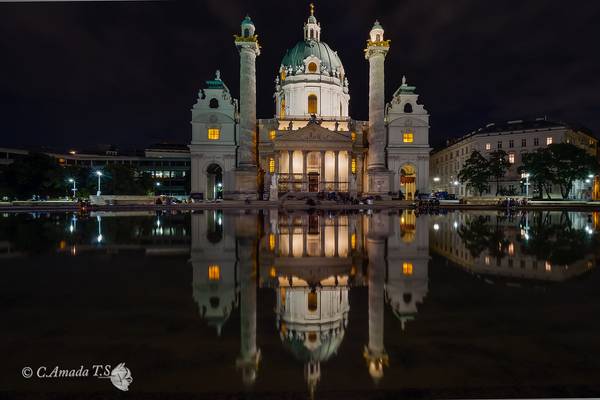
by Amada Terradillos
Una visita a Viena, salir de noche para captar la esencia de la ciudad.
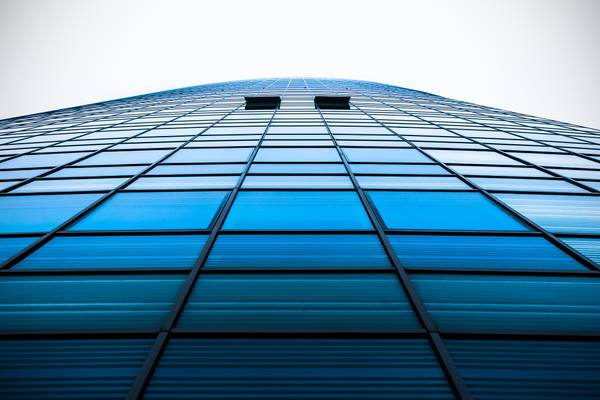
by Salvatore Petrantoni
Tech Gate Vienna is a science and technology park in the City of Vienna, Austria, situated in the 22nd district Donaustadt. It was built between 1999 and 2005 following the plans from architects Wilhelm Holzbauer and Sepp Frank in an area called Donau City.
Tech Gate Vienna consists of two buildings. The first, 26 meter high building was completed in 2001 and has 7 floors, with a total of 36,000 square meters of room. The second building was built from 2004 to 2005 and is 75 meters high with 18,000 square meters of room on 19 floors.
Aside many companies and start-ups, several technology labs are situated in Tech Gate Vienna buildings, such as the Austrian Institute of Technology, the Telecommunications Research Center Vienna (FTW), and the VRVis Research Center. Four attractive stages are utilized for a variety of technology affine events.
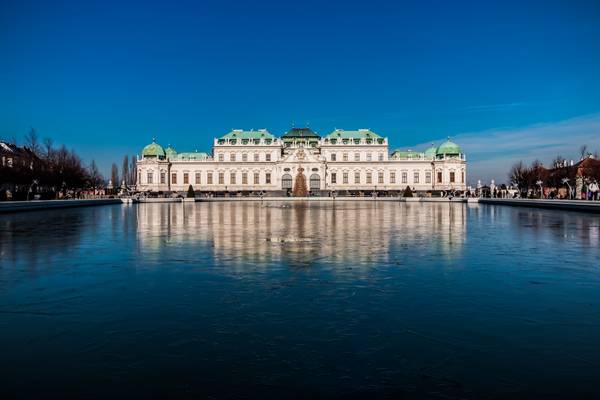
by Salvatore Petrantoni
Il castello del Belvedere (in tedesco: Schloss Belvedere), sorge nel quartiere di Landstraße a sud del centro storico di Vienna, in Austria. Rappresenta uno dei capolavori dell'architettura barocca austriaca e una delle residenze principesche più belle d'Europa. Il 15 maggio 1955, nel Belvedere superiore, sono stati firmati gli accordi statali austriaci, che gettarono le basi per la seconda repubblica austriaca.
Venne costruito da Johann Lucas von Hildebrandt per il principe Eugenio di Savoia ed è formato da due palazzi contrapposti, il Belvedere superiore (Oberes Belvedere) e il Belvedere inferiore (Unteres Belvedere), separati da una grande prospettiva di giardini alla francese digradanti sulla collina e affacciati sulla città. Famose sono le vedute di Canaletto, che ritraggono il luogo. Negli interni di entrambi gli edifici si trova la Österreichische Galerie Belvedere, uno dei principali musei d'arte di Vienna.
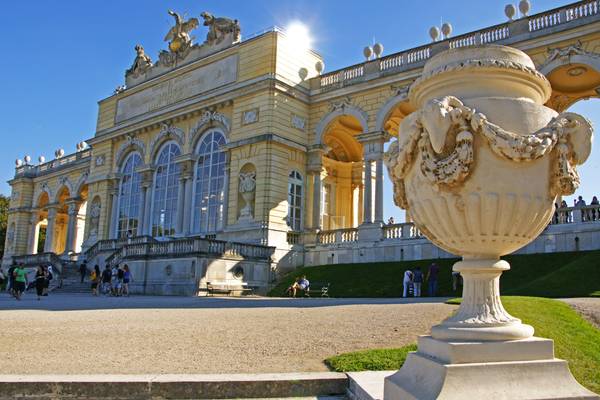
by Andrey Sulitskiy
SONY DSC

by Walter Maurer
Der Arkadenhof des Wiener Rathauses. Düster und dunkel, aber durchaus stimmungsvoll. HDR, 3 Belichtungen angelehnt.
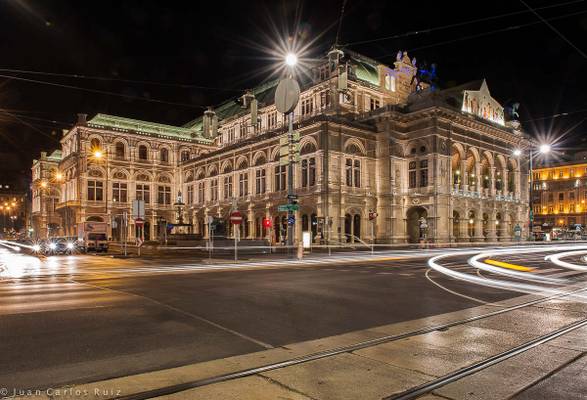
by Juan Carlos Ruiz San Millán
VIENNA OPERA HOUSE. One of the most representative buildings in Viena. A few weeks ago I had the opportunity to visit this nice city and I could spend one or two hours walking the city centre to take some shots in the night. Hope you like this one.
EDIFICIO DE LA OPERA DE VIENA. Uno de los edificios más representativos de Viena. Hace unas pocas semanas tuve la oportunidad de visitar esta ciudad y aproveché la noche para salir a hacer algunas fotos y esta es quizás la que mejor quedó. Espero que os guste.
Thanks to all Phoide contributors to Vienna!
Most notably Lenis Las, Salvatore Petrantoni, Michele Naro, Andrey Sulitskiy, Yi Jiang and jim stephenw.
